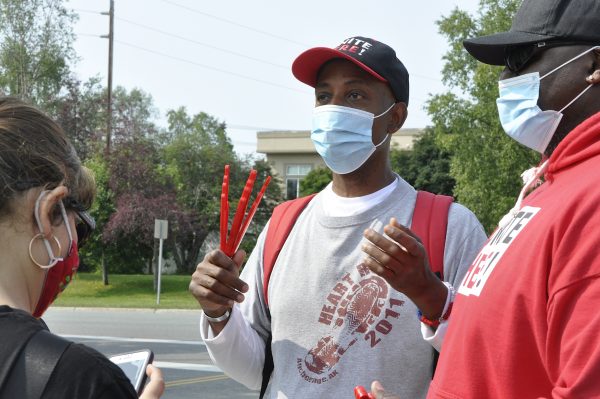
Gig-economy and other non-traditional workers in Alaska who lost employment due to the pandemic won’t be eligible for the extra $300 in benefits from the federal government.
President Trump recently signed an executive order adding the $300 in benefits for states who apply for funding through the Federal Emergency Management Agency. Alaska submitted an application for that funding on Wednesday, according to Cathy Muñoz, Deputy Commissioner of the Department of Labor.
But those benefits won’t be paid to Alaskans who were receiving benefits as part of the Pandemic Unemployment Assistance program, which paid non-traditional economy workers such as Uber drivers. The program also pays benefits to those who have exhausted all of their other unemployment, benefits from all eligible programs, the self-employed, those who have not had sufficient work history to be eligible for regular unemployment benefits and those seeking only part-time work.
Patsy Westcott, who oversees benefits programs at the Department of Labor, says that’s because the state is required to pay part of those benefits.
“Because Pandemic Unemployment Assistance benefits are 100% completely federally funded, they do not meet that 25% match requirement, and that is the reason that Pandemics Unemployment Assistance, claims and filers would not be eligible for the $300 additional benefits,” she said.
Some states decided to fund part of the program themselves to make non-traditional employees eligible for the FEMA funding. But Dunleavy spokesperson Jeff Turner said in an email that the administration is hoping that Congress can pass federally-funded benefits. The Department of Labor says those could be back-paid to non-traditional employees who lost out on wages.
Workers receiving normal unemployment insurance benefits from the state will receive the extra $300, assuming the state’s application is approved. But those receiving less than $100 in state benefits won’t be eligible for that $300. In an email, Muñoz wrote that Department of Labor Commissioner Tamika Ledbetter asked the department to reach out to workers receiving PUA benefits “with individualized employment and training services to help them get back into the workplace, or to gain the necessary skills to do so.”
Over 13,000 Alaskans were receiving PUA benefits, according to the most recent data. Those workers will still be paid benefits through the end of the year, when the program is set to expire.
